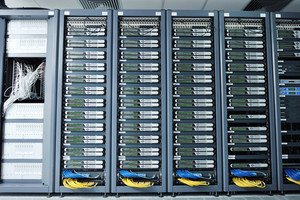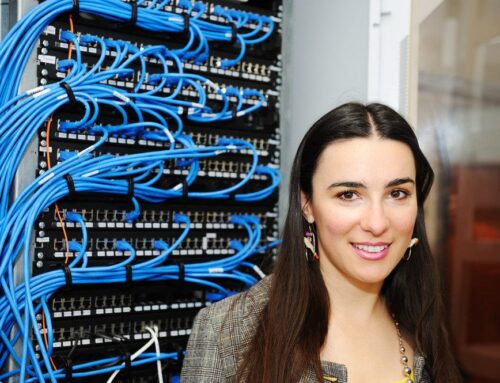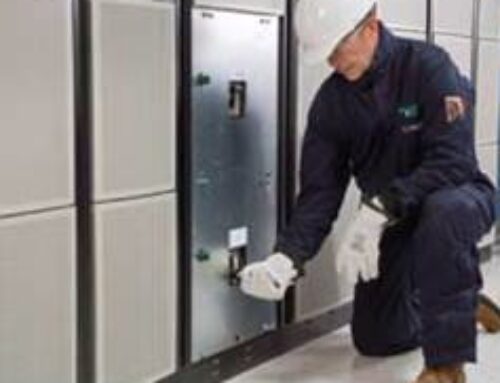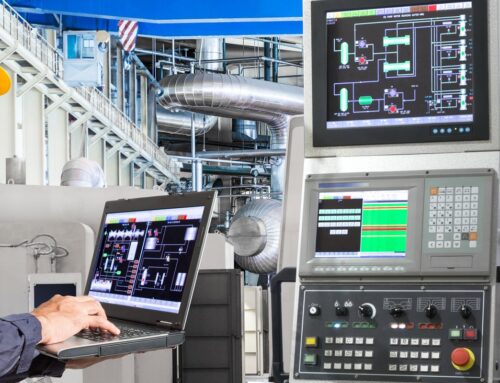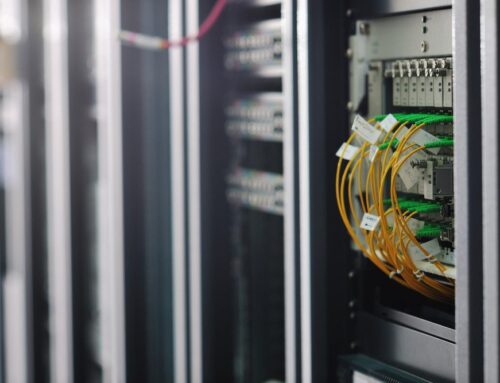Designing large data centers must be approached as an interdisciplinary project. IT, mechanical services, and electric services must cooperate to ensure the data center will perform at or above your needs.
Whether you are redesigning an existing data center or building a new one from scratch, you must carefully plan your data center design to optimize many disparate concerns, such as:
- Computing power
- Data security
- Physical safety and security
- Scalability
- Energy
- Cost
Balancing these concerns will require a sound design philosophy. Here are three of the best practices for data center design.
Consider Worst Case Scenarios
A data center that operates perfectly on a good day is an accomplishment. But a data center that can survive a disaster is a feat of engineering.
Data center modules, data center software, and even data center power distribution units must be selected and deployed to protect the integrity of your data and your physical network from:
- Fires
- Data intrusion
- Natural disasters
- Burglaries and vandalism
- Power outages
- Flooding
Some of the systems you must consider when planning for disasters and disaster recovery include emergency power systems, fire suppression systems, racks that can withstand physical disruptions, security systems, and data intrusion detection software.
Consider Day-to-Day Operations
While you should be prepared for disasters, you should plan for day-to-day operations as well. Your data center will experience many more “normal” days than disasters. Make sure you do not leave out mundane details like data center cooling systems to keep your hardware within its optimal operating temperatures and a maintenance schedule to ensure that hardware and software can be taken offline for maintenance so you can minimize unplanned outages.
Remember that hardware and software can experience breakdowns through normal usage. Data center maintenance services can keep a data center operating at its peak over time.
Plan for the Future
You should take your business’s expansion plans into account when planning your data center needs. Future needs that you can build into your data center include:
- Power: Up to 40% of the total operational costs for a data center come from the energy needed to power and cool the massive amounts of equipment they need. Plan for a data center power distribution unit that can be expanded or easily replaced so you can keep up with your needs as your data center expands.
- Data storage: The demands for larger and faster data storage will only increase over time. Plan a data center with scalable data storage so you can expand your storage capacity as your needs grow.
- Physical footprint: One of the most constraining aspects of a data center is its physical footprint. Keep in mind that the space you devote to your data center might change as your needs change. Plan for expansion, either in the same space or into a cloud-based system, as you physically outgrow your data center.
Designing a data center is not an easy task. However, whether you need data center power distribution units in Phoenix or data center cooling systems in Los Angeles, planning ahead can help you source all your data center supplies. Contact LDP for mission critical support solutions today.

